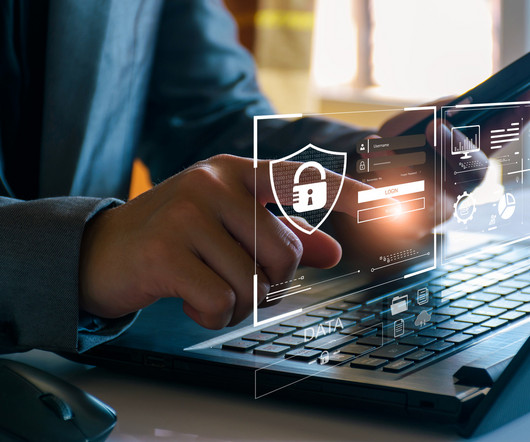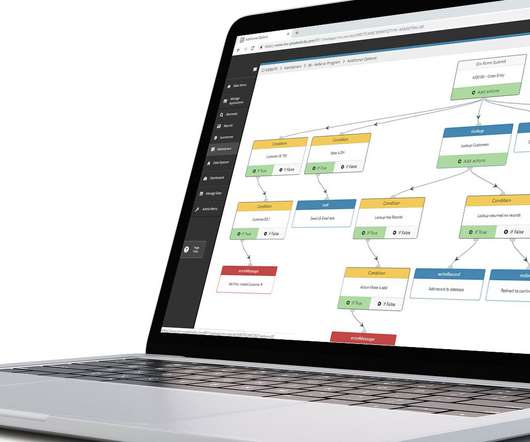Balancing Resource Sharing in Multi-tenant Architectures with Single-tenant Services
KineticData
MARCH 20, 2024
Understanding the Landscape In multi-tenant architectures, resources such as computing power, databases, and network resources are shared among various users or clients, referred to here as tenants. Conversely, single-tenant services provide an isolated environment for each tenant, enhancing security and customization capabilities.
























Let's personalize your content